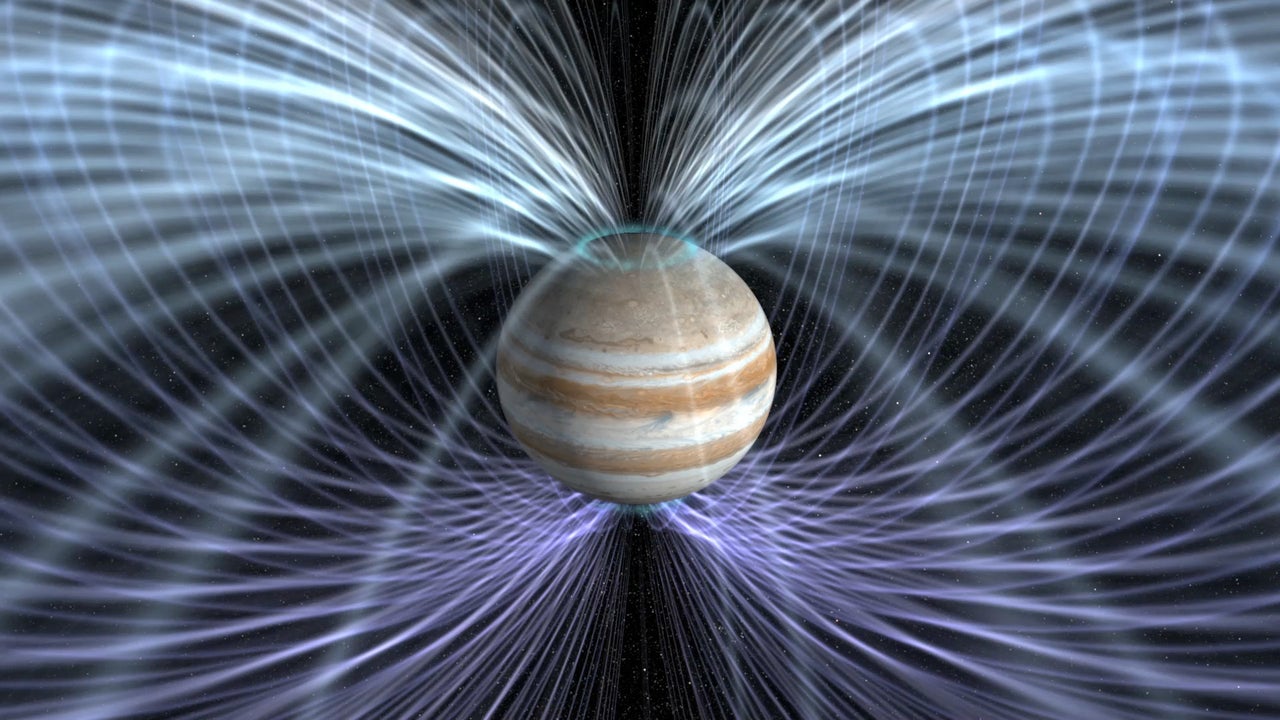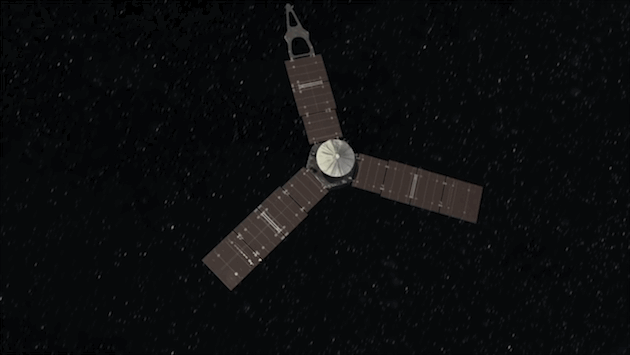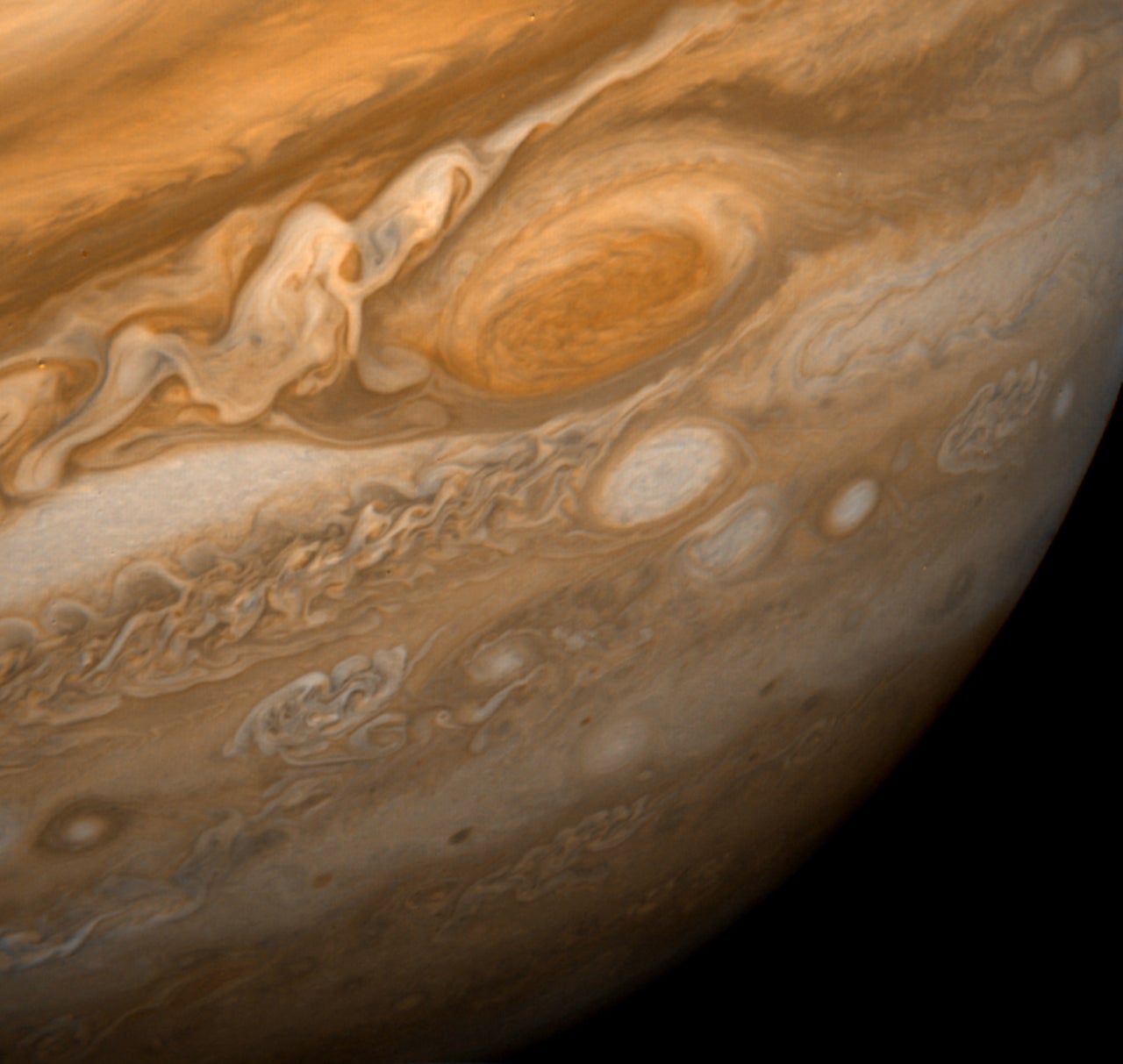NASA has shared a composite of some of the first images taken by the Juno spacecraft currently in orbit around Jupiter.
The colour view image was taken by JunoCam and clearly shows Jupiter in the foreground with its moon Europa being the brightest object on the right-hand side.
What’s incredible about this image is that firstly this image was taken at a staggering distance - some 2.7 million miles from Jupiter itself. Despite this enormous distance Jupiter still looks absolutely massive.
The second is that this image has more significance than simply being a picture of the gas giant. Instead it’s definitive proof that Juno’s equipment can survive a close flyby through Jupiter’s devastating radiation belts.

Radiation surrounding Jupiter is so severe that NASA had to create an orbital path for the spacecraft that would see it make very fast, very low flybys in which it spends the absolute minimum amount of time being subjected to the high-energy particles.
Even with this 53 day orbit Juno’s equipment is already taking damage, indeed just a few months after arriving NASA expects the main camera to be completely unusable.
Meet Juno

Juno is an astonishing spacecraft that has accomplished a great number of firsts for NASA.
It is the first solar-powered spacecraft to reach Jupiter, it will also be the closest that any spacecraft has ever got to Jupiter’s surface (2,600 miles).
It’s also the fastest spacecraft to ever enter orbit around a planet, travelling at an astonishing 130,000mph by the time it reaches the gas giant.
Juno is now officially the farthest solar-powered spacecraft from Earth and will begin a two-year mission of discovery which will help scientists better understand one of the largest objects in our solar system.
Meet Jupiter

Jupiter is a giant ball of gas that's 11 times wider than Earth and some 300 times more massive.
It takes 12 years for Jupiter to orbit the sun and yet rotates so quickly that a single day lasts just 10 hours.
In many ways Jupiter has its own small solar system. Its composition is very similar to that of a star: hydrogen and helium, while its sheer size means that it has four large moons (Io, Europa, Ganymede and Callisto) and over 60 smaller objects known to be in orbit.
While you can't normally see them, Jupiter also has a huge system of rings much like Saturn.
There is much however that we still don't know about Jupiter and so Juno's mission will be to ask just some of the questions that we still have such as:
- How did Jupiter form?
- How much water or oxygen is in Jupiter?
- What is the structure inside Jupiter?
- Does Jupiter rotate as a solid body, or is the rotating interior made up of concentric cylinders?
- Is there a solid core?
- What do the poles look like?
